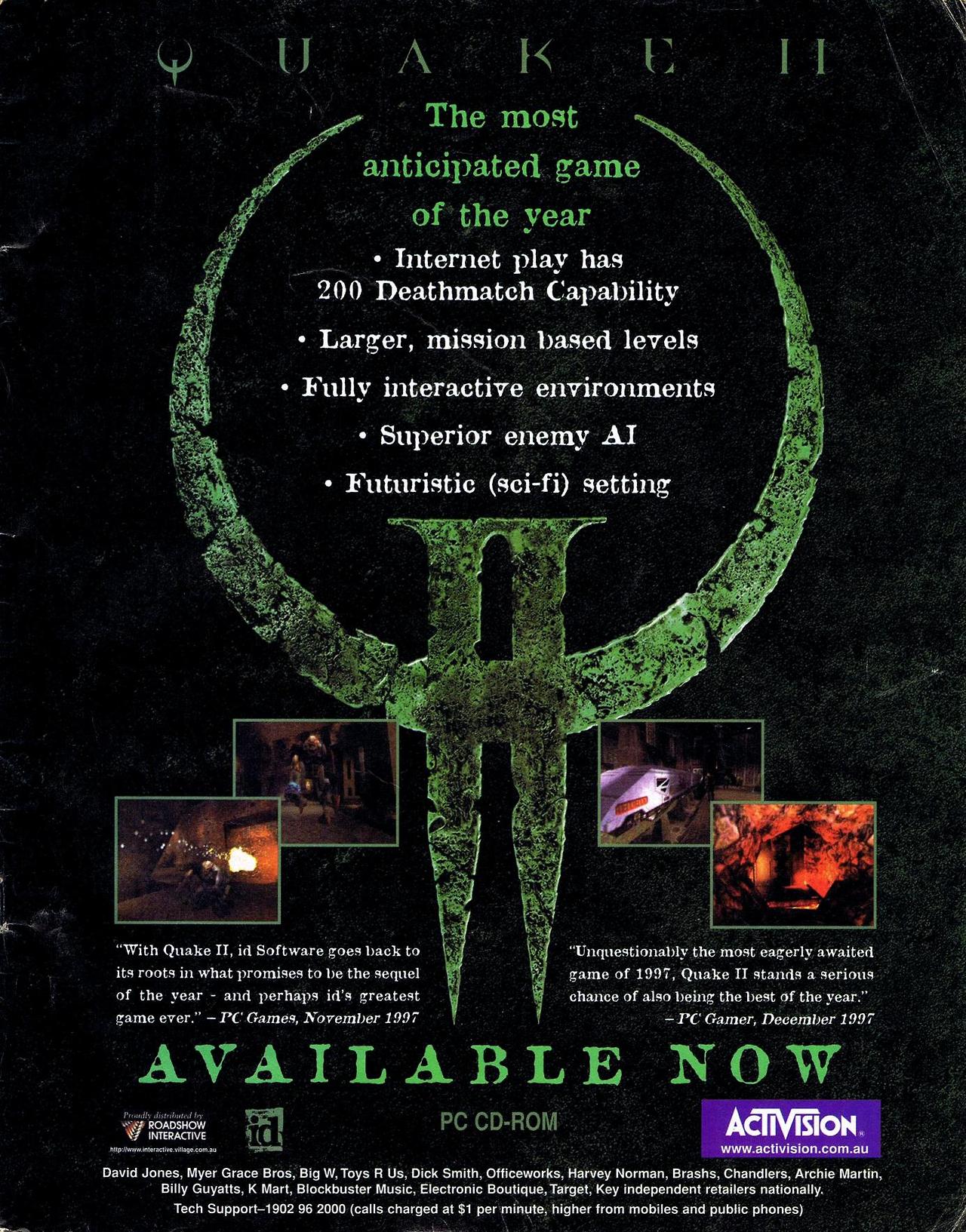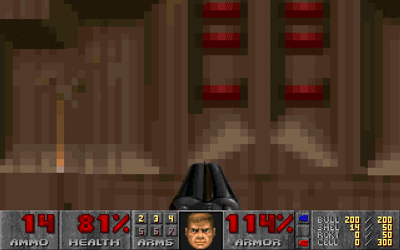
https://darth-azrael.tumblr.com/post/662757315829727232/doom
There have been many video games through the course of their relatively short history that have changed the face of gaming. Space Invaders did it, Pac-Man did it, even Streetfighter II did it. Doom is also one of these games. While there had been a few games that came before that could be called first person shooters, Wolfenstein 3D perhaps being the most notable, Doom was the first to offer the right combination of smooth graphics, compelling game play, variety and the ever so crucial multiplayer to catapault the first person shooter into the spotlight. It also offered customization to a degree never really done before. It made the FPS the most popular genre and that hasn’t really changed since.
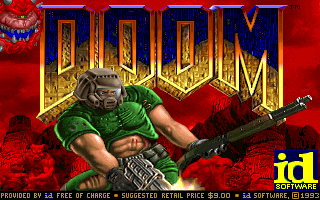
While Doom was a huge step in computer gaming and video games in general, it had its limitations. You could not jump or look up or down for instance. Graphics were quite good for the time but low resolution by today’s standards. It also had relatively high system requirements for the time. Arguably, Doom helped speed the demise of the Amiga for the simple reason that the Amiga was not very good at doing the kind of graphical work demanded by Doom. I would say that Doom, more than any other game, cemented the PC as the ONLY computer gaming platform that mattered. Also, gameplay was pretty simple, offering a relatively limited set of weapons and few other items to speak of. This was a straightforward shooter in which you needed to shoot anything that moved (and perhaps a few things that didn’t).
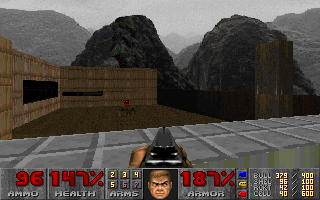
Despite these limitations, Doom, and especially playing deathmatch against another person, was downright addictive. I remember BBSes of the day (we are talking the 1993-1995 time frame or so) would offer ladder tournaments whereby you could challenge other players to take their spot. You could even play four player Doom via a BBS if they had the phone lines to support it. I spent endless hours in college in Doom (and later Doom II) deathmatch contests with my roommate and others on my then state of the art Gateway 2000 486 DX2-66. There was great debate about what form of controls to use. Keyboard only, mouse and keyboard, or a controller of some sort. While the world has settled on the mouse/keyboard combo (at least for the PC), I always preferred just using the keyboard when playing Doom.
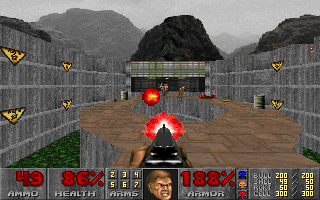
Part of the quick success of Doom was due to its distribution method. It was initially available as shareware with the first episode being free. The first episode consisted of 9 levels. If you enjoyed that, you would of course want to purchase the full game which included an additional two episodes. The plot is simplistic but not all that important anyway. Essentially it involves a military experiment that accidentally opens a gateway to hell. You, as the sole survivor of a combat force sent to investigate, must close this gateway. Eventually, the demons make their way to Earth setting the stage for the sequel, Doom II. Doom II did not offer much in the way of technical improvements but it added more and larger levels and more weapons and creatures. It was more than enough.
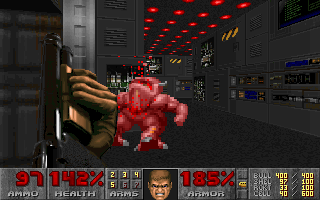
Doom was designed to be easily editable with levels, sprites and other graphics as well as sounds and music being easy to replace. There were endless numbers of new levels, graphics, sounds and full conversions created by players with freely available game editors. There were excellent Star Wars themed levels, mods in which you could kill Barney the Dinosaur, mods with Beavis and Butthead and mods featuring pretty much any pop culture icons of the time you could think of. You could probably spend a lifetime just playing Doom, Doom II and the good mods, never mind the mediocre and bad ones.
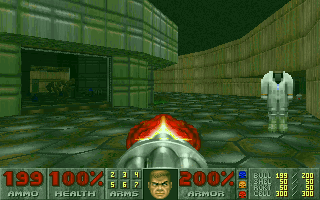
While the original Doom and Doom II were created for DOS based PCs, there were a variety of ports for other systems over the years. Most were poor imitations, relatively speaking. Common sacrifices included lack of deathmatch, shrunken main displays, fewer levels, etc. Even if deathmatch was available it was often split screen on video games system. That’s just not the same. To me, the key to Doom being a truly great game was the ability to play via modem or network and the ability to mod. In fact, I don’t think I ever completed the single player game. The PC was the only system to offer both. That isn’t to say all ports were bad. Many were quite good despite those limitations. In particular the Nintendo 64 version was a unique sequel that offered updated graphics and all new levels among other new features. But nothing beats blowing up your opponent with a rocket launcher or a well timed shotgun blast to the face from across the room or the across the country.
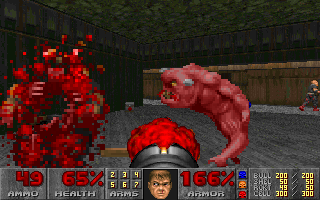
Doom is easily available today for modern systems via places like gog.com. It says powered by DOSBox so I assume any of the original endless number of mods can be made to work as well. Doom influenced many games that came after, including the Quake series and probably pretty much every FPS game since either directly or indirectly. If you have never played the original Doom or Doom II you should really give it a try. Definitely play deathmatch vs. another player though as that is by far the best way to play. I’ve never been a huge fan of first person shooters but I love Doom. It’s simplicity compared to modern FPS games is a plus in my opinion.
All screenshots above are from the DOS version of the original DOOM.




